Travis also describes the bad business incentives that led Boeing to conceptualize and present the 737 Max as just a tweak of an existing design, as opposed to being so areo-dynamically different as to be a new plane….and require time-consuming and costly recertification.
On April 22, Earth Day, Nakedcapitalism.com published a must-read analysis by Yves Smith of the Boeing 737 jetliner debacle. [1]
The article highlights an unacknowledged underlying factor that contributed to the deaths of the passengers and crew in two airline crashes. This unacknowledged factor also threatens the entire nature ecosystem.
The threat is the explosion of untested, unsafe, unsustainable initiatives in “energy efficiency” and conservation, compounded by lack of heed to early warnings and appropriate response to evidence of harm, and lack of regulatory response, especially in the United States.
Why are we still traveling down this road?
An Unsafe “Energy Efficient” Design is Not Just a Software Problem, and the Danger of Unsafe Design is Amplified in the U.S.
Yves Smith wrote,
Even though Boeing is scrambling to fix the software meant to counter the 737 Max’s increased propensity to stall as a result of the placement of larger, more fuel-efficient engines in a way that reduced the stability of the plane in flight, it’s not clear that this will be adequate in terms of flight safety or the public perception of the plane.
It has been widely reported that in the case of the Boeing, the U.S. was the last country to ground the airliners. [2]
Then the debate shifted to what steps were appropriate and necessary to get the planes back in the air.
Yves Smith reported,
And even though the FAA is almost certain to sign off on Boeing’s patch, foreign regulators may not be so forgiving. The divergence we’ve seen between the FAA and other national authorities is likely to intensify. Recall that China grounded the 737 Max before the FAA. In another vote of no confidence, even as Boeing was touting that its changes to its now infamous MCAS software, designed to compensate for safety risks introduced by the placement of the engines on the 737 Max, the Canadian air regulator said he wanted 737 Max pilots to have flight simulator training, contrary to the manufacturer’s assertion that it isn’t necessary. Last week, the Wall Street Journal reported that American Airlines is developing 737 Max flight simulator training.
But a fundamental question remains: can improved software compensate for hardware shortcomings?
What is The Hardware Issue He is Referring To? It is Innovative, Yet Unsafe, “Energy Efficiency”
He is also referring to changes that were made in the design of the 737, in the name of energy efficiency, that diminished the plane’s stability.
Yves Smiths wrote,
An even more damming take comes in How the Boeing 737 Max Disaster Looks to a Software Developer in IEEE Spectrum (hat tip Marshall Auerback). Author Greg Travis has been a software developer for 40 years and a pilot. He does a terrific job of explaining the engineering and business considerations that drove the 737 Max design. He describes why the plane’s design is unsound and why the software patch in the form of MCAS was inadequate, and an improved version is unlikely to be able to compensate for the plane’s deficiencies.
[…]
Travis explains why the 737 Max’s engine location made the plane dangerously unstable:
Pitch changes with power changes are common in aircraft. Even my little Cessna pitches up a bit when power is applied. Pilots train for this problem and are used to it. Nevertheless, there are limits to what safety regulators will allow and to what pilots will put up with.
Pitch changes with increasing angle of attack, however, are quite another thing. An airplane approaching an aerodynamic stall cannot, under any circumstances, have a tendency to go further into the stall. This is called “dynamic instability,” and the only airplanes that exhibit that characteristic—fighter jets—are also fitted with ejection seats.
Everyone in the aviation community wants an airplane that flies as simply and as naturally as possible. That means that conditions should not change markedly, there should be no significant roll, no significant pitch change, no nothing when the pilot is adding power, lowering the flaps, or extending the landing gear.
The airframe, the hardware, should get it right the first time and not need a lot of added bells and whistles to fly predictably. This has been an aviation canon from the day the Wright brothers first flew at Kitty Hawk.
Travis explains in detail why the MCAS approach to monitoring the angle of attack was greatly inferior to older methods….including having the pilots look out the window.
Planes, Automobiles, Bicycles, Homes, Hospitals, Schools, and Sidewalks Can All Be Made Unsafe by Mad Science, Rush to Market, and Corrupt Regulators
Travis also describes the bad business incentives that led Boeing to conceptualize and present the 737 Max as just a tweak of an existing design, as opposed to being so aero-dynamically different as to be a new plane….and require time-consuming and costly recertification.
There are insights from Boeing that can be applied to many of society’s current narratives regarding technology, innovation, energy efficiency, conservation, and progress. For example, new energy efficiency standards for automobiles have likewise caused unforeseen safety risks. A family member with a new Ford Focus is on her 5th recall, for 2 clutches, 2 transmissions, and most recently for a collapsing gas tank.
While the visibility of design flaws in the automobile and the airline industry have resulted in at least some level of scrutiny in some cases, the risks to the public from other energy efficiency initiatives remain obscured and unaddressed, especially those involving the wireless and electricity sectors.
New wireless electronic meters that measure gas, water and electricity and that transmit data in micro bursts 24/7/365, are not the tweak of an existing design. They have destroyed the health of a portion of the population, with clean energy enthusiasts ignoring the assault. 5G antennas being mounted outside homes on lightpoles are not an upgrade or a tweak of existing infrastructure.
Energy efficient devices including variable speed motors and solar inverters are polluting the grid with high voltage transients that will impact every homeowner sharing the same transformer, as we refuse as a society to examine the emerging issue of power quality.
And a few years back, there was that idea that everyone needed to buy compact fluorescent bulbs, backed by legislation, even though they posed a hazmat hazard. Now LEDs are also polluting the power grid.
Instead we could be protecting the integrity of the 60 Hz cycle, by design.
What’s Bad for Boeing is Bad for All Industries, Including The So-Called Green New Deal’s Smart Grid, and 5G Promises of Nirvana
In his article for Naked Capitalism, Yves Smith wrote,
Travis also describes the bad business incentives that led Boeing to conceptualize and present the 737 Max as just a tweak of an existing design, as opposed to being so aerodynamically different as to be a new plane….and require time-consuming and costly recertification.
There are several course corrections to the challenges to airline safety that have been suggested by the ‘Miracle on the Hudson’ pilot Capt. Sullenberger.
For too many years, the FAA has not been provided budgets sufficient to ensure appropriate oversight of a rapidly growing global aviation industry. Staffing has not been adequate for FAA employees to oversee much of the critically important work of validating and approving aircraft certification. Instead, much of the work has been outsourced by designating aircraft manufacturer employees to do the work on behalf of the FAA. This, of course, has created inherent conflicts of interest, when employees working for the company whose products must be certified to meet safety standards are the ones doing much of the work of certifying them. There simply are not nearly enough FAA employees to do this important work in-house.
To make matters worse, there is too cozy a relationship between the industry and the regulators. And in too many cases, FAA employees who rightly called for stricter compliance with safety standards and more rigorous design choices have been overruled by FAA management, often under corporate or political pressure.
Let me be clear, without effective leadership and support from political leaders in the administration, the FAA does not have sufficient independence to be able to do its job, which is to keep air travelers and crews safe. Oversight must mean accountability, or it means nothing.
SOURCE: MarketWatch
For 5G, what we are facing instead of appropriate regulatory response in the U.S. is federal legislation overriding the rights of communities to regulate the placement of 5G infrastructure and to protect the environment – backed by the captured agency of the FCC. [3]
Yves Smith again cited Greg Travis as he concludes his piece:
I believe the relative ease—not to mention the lack of tangible cost—of software updates has created a cultural laziness within the software engineering community. Moreover, because more and more of the hardware that we create is monitored and controlled by software, that cultural laziness is now creeping into hardware engineering—like building airliners. Less thought is now given to getting a design correct and simple up front because it’s so easy to fix what you didn’t get right later….
It is likely that MCAS, originally added in the spirit of increasing safety, has now killed more people than it could have ever saved. It doesn’t need to be “fixed” with more complexity, more software. It needs to be removed altogether….
And if crapification by software has undermined the once-vaunted airline safety culture, why should we hold out hope for any better with self-driving cars?
As one commenter on the Naked Capitalism article wrote, “the 737 MAX wasn’t ‘unstable’ it was insufficiently stable” The passengers are not “dead”, they are insufficiently alive.”
Smart Meters Are An Inappropriate Response to Environmental Concerns Rather Than A Foundation to A New Green Deal
For many Americans, utility meters need to be removed, not only from their homes, but also from their neighborhoods.
The smart meter industry has addressed safety concerns with 3 strategies:
- It measures smart meter emissions against a theoretical decades-old standard that the thermal threshold is the only requirement for safety, instead of measuring human and biological responses to the radio frequencies. [4]
- It promotes the opinion of a tobacco scientist.[5]
- It portrays those injured as having a mental health condition, or with symptoms unrelated to smart meters.
To Rein In the 5G Narrative, One Option is State Legislation.
Senator Blumenthal of Connecticut is one legislator who has begun to push back against the FCC regarding 5G health effects. [6]
Four states have proposed legislation regarding the FCC and/or 5G.
1 – MONTANA:
2 – NEW HAMPSHIRE:
3 – RHODE ISLAND:
4 – MASSACHUSETTS:
Faster wireless is not the solution to humanity’s challenges; it’s a clear example of human ingenuity run awry.
And it will be much easier to address before the antenna is mounted outside your window.
Let’s make it 50 states with 5G bills: https://whatis5g.info/small-cells/
Technology will not save the planet.
The solution to most of the global issues we face requires engaging with a new way of thinking, followed by action and implementation. Primarily, we should stop assuming that technology is the answer to our problems. — Sarah Savory, Zimbabwean Ecologist
We can’t keep giving “technology” a free pass.
Notes:
[1] https://www.nakedcapitalism.com/2019/04/boeings-737-max-debacle-the-result-of-a-dangerously-pro-automation-design-philosophy.html
[2] https://thepointsguy.com/news/why-the-faa-was-the-last-to-ground-the-737-max/
[3] https://ehtrust.org/key-issues/harvard-press-book-telecom-industry-influence-us-fcc-captured-agency/
[4] https://www.ncbi.nlm.nih.gov/pubmed/23131714
[5] https://smartenergycc.org/testimony-of-dr-peter-a-valberg/
[6] https://www.activistpost.com/2018/12/senator-demands-proof-that-5g-is-safe-so-does-the-national-institute-for-science-law-public-policy.html
Subscribe to Activist Post for truth, peace, and freedom news. Follow us on Minds and Twitter.
Provide, Protect and Profit from what’s coming! Get a free issue of Counter Markets today.

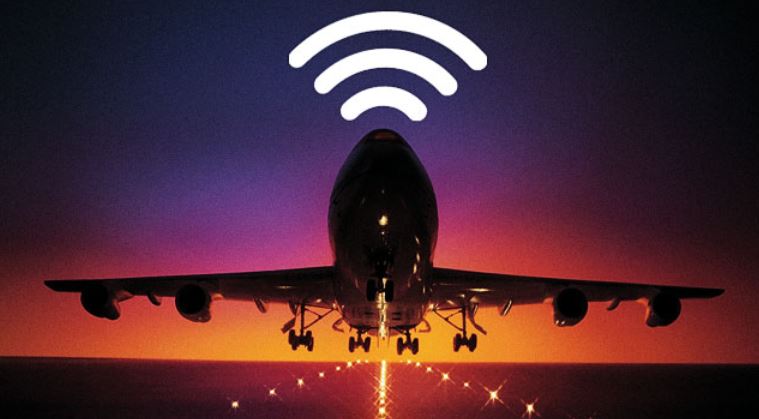
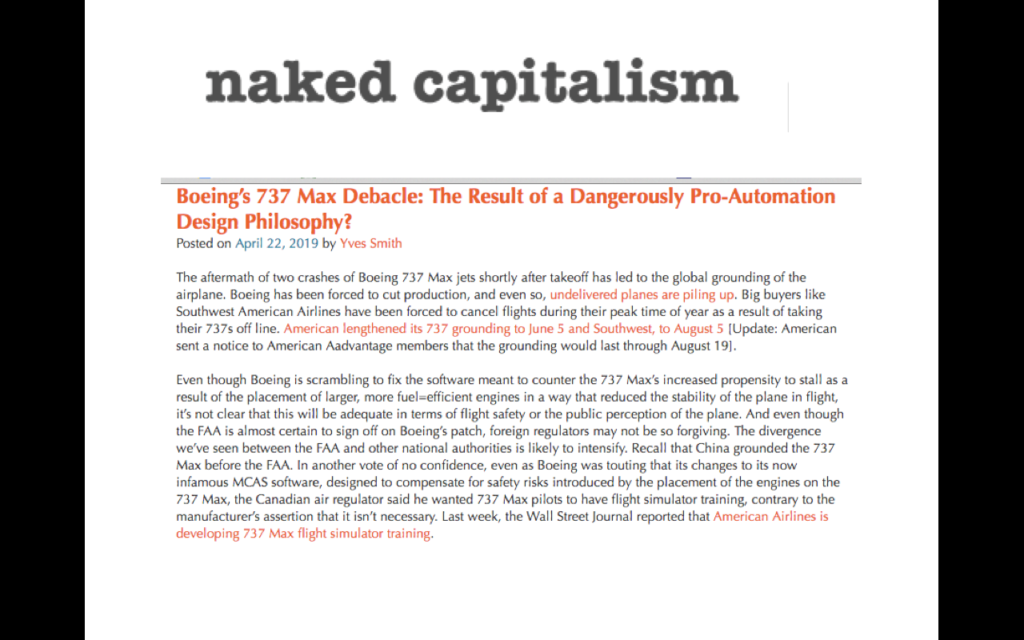
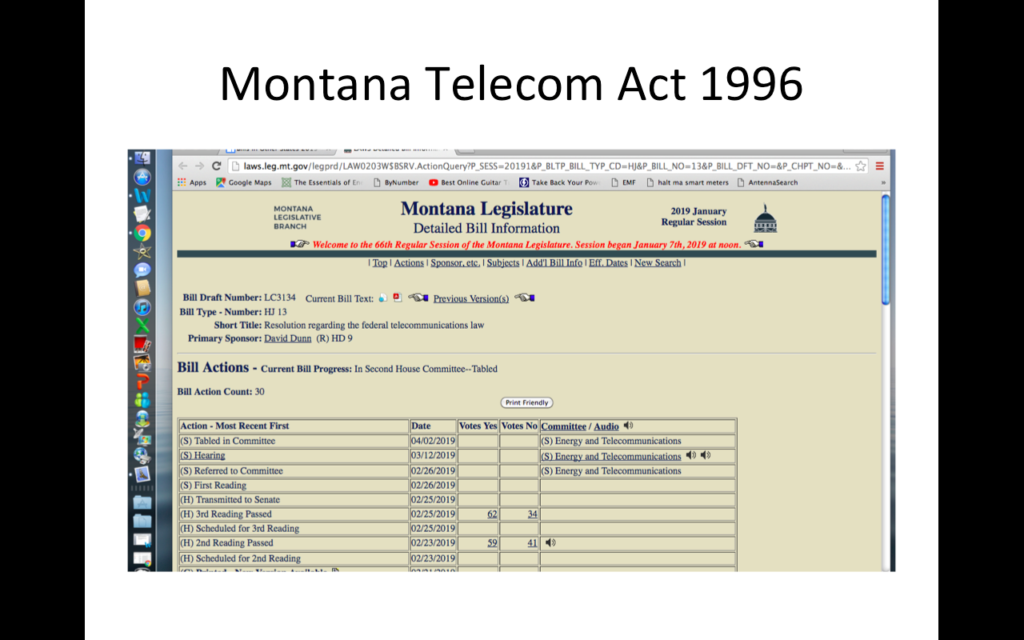
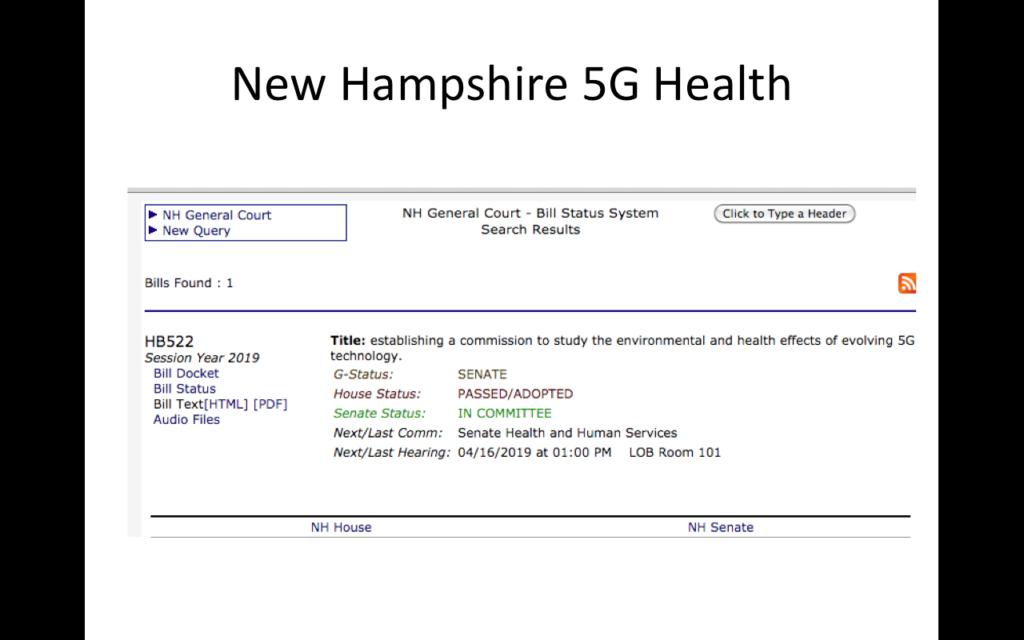
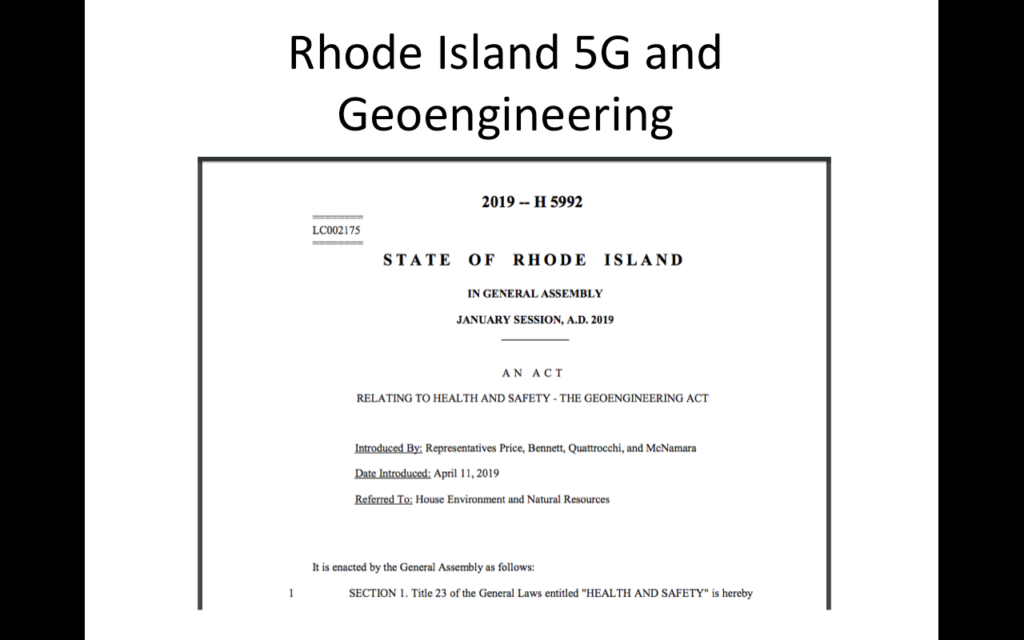
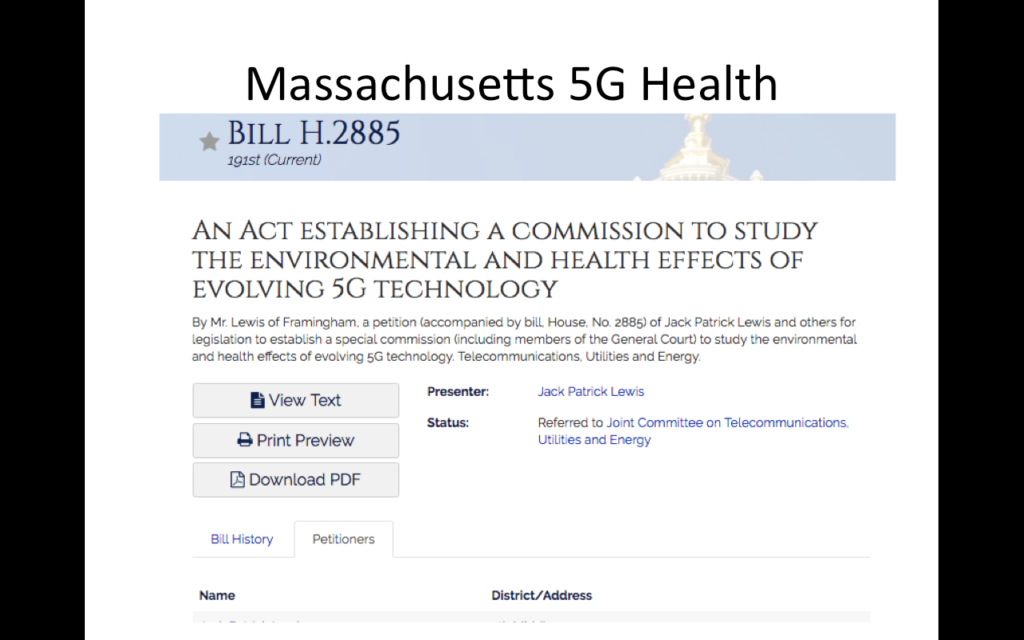

Be the first to comment on "We’re All Riding In A Boeing 737 With “Energy Efficiency,” Smart Meters, 5G and the IOT"